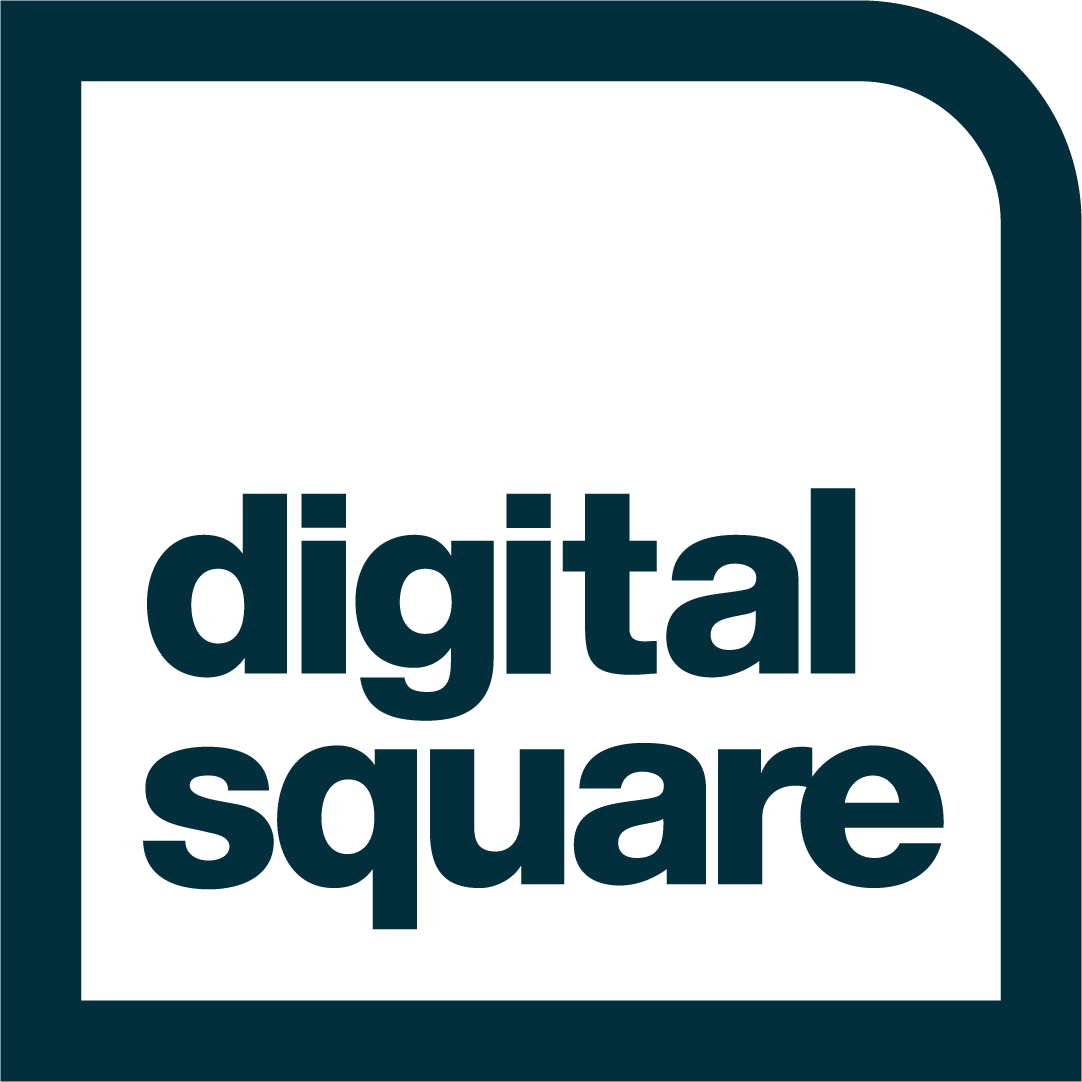Digital Square supports investments in digital health global goods, which are tools that are adaptable to different countries and contexts. Mature digital health global good software is software that is (usually) Free and Open Source (FOSS), is supported by a strong community, has a clear governance structure, is funded by multiple sources, has been deployed at significant scale, is used across multiple countries, has demonstrated effectiveness, is designed to be interoperable, and is an emergent standard application.
We are using an open proposal process. Your concept notes and proposals will be publicly posted, giving you and other submitters the opportunity to find collaborators and provide and receive feedback from your peers.

